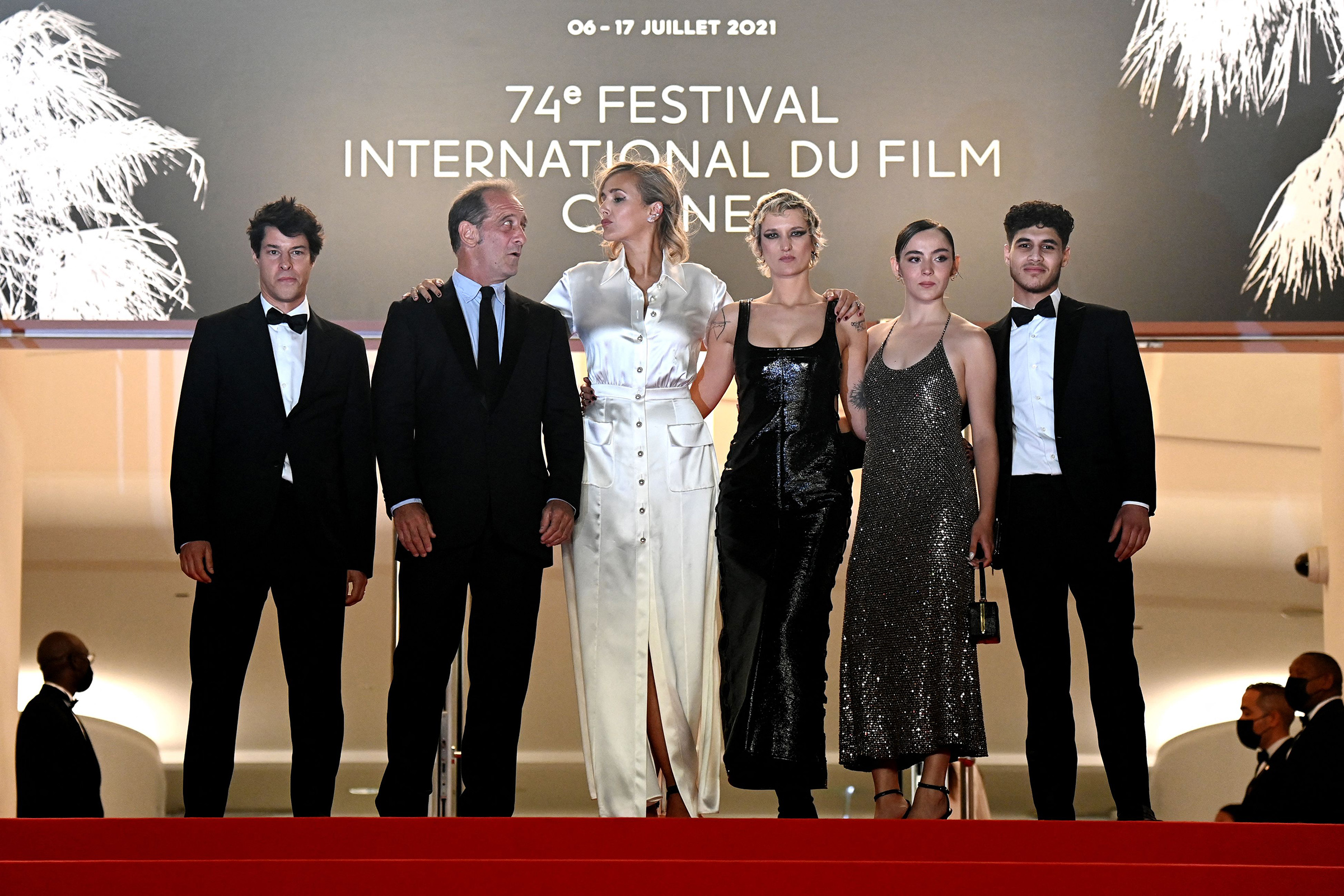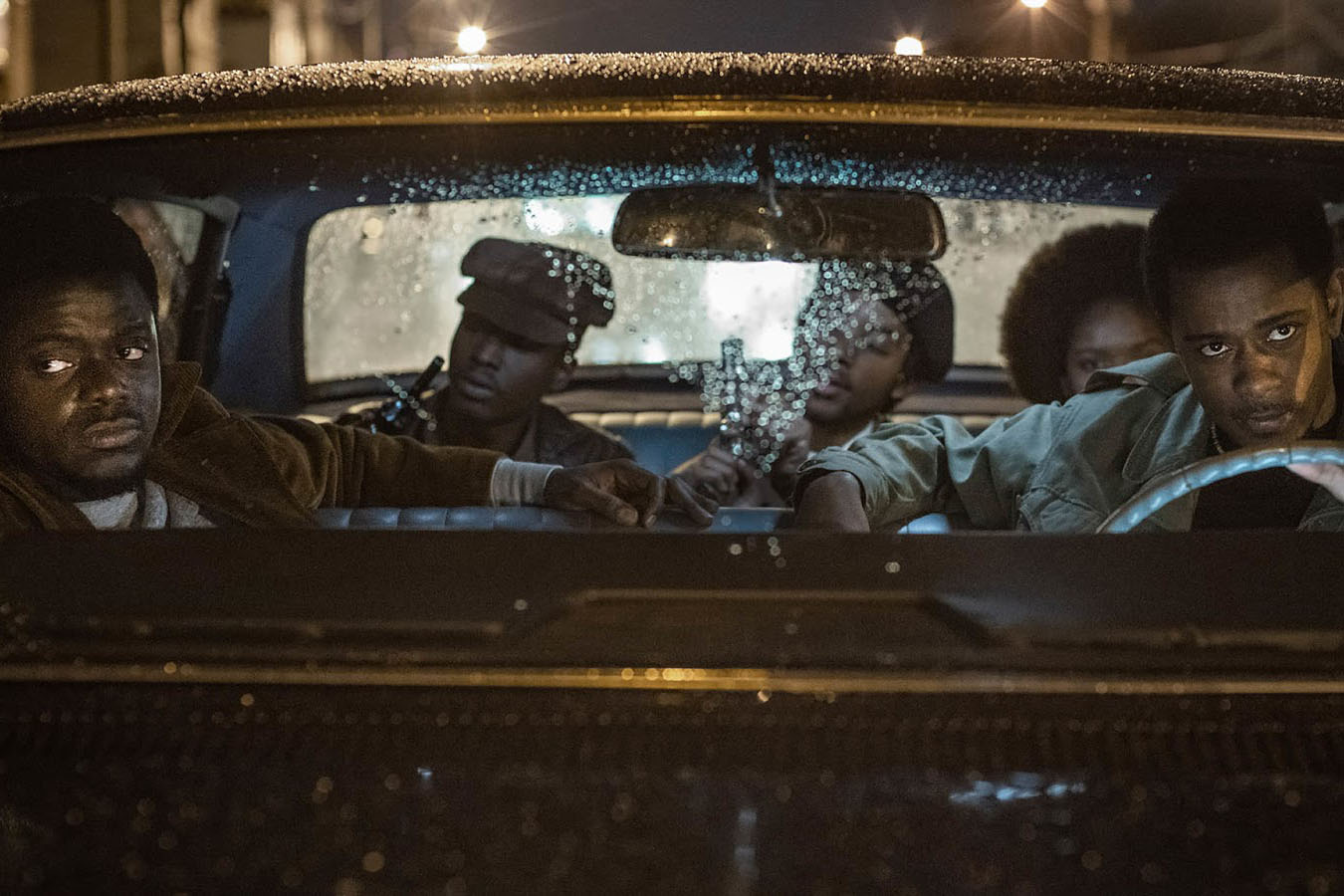My brain is oatmeal and my bloodshot eyes are about to slide out of their sockets. And yet, I’ve rarely felt so invigorated. While attending the Sundance Film Festival from the comfort of my home, I watched 25 new movies over eight wild days. It was a cinephile’s Hanukkah. The ass-shaped divot on my couch might become a permanent topographical feature of the living room, but I’m not complaining.
This year was supposed to mark the return of the independent film world’s crowning event to Park City, Utah. Organizers had planned for a hybrid festival, with virtual and in-person screenings, but the arrival of Omicron forced the entire celebration online for the second consecutive year.
“As we went into our submission season, we wondered [if it] would be feast or famine,” said Director of Programming Kim Yutani. The programmers worried that the pandemic would suppress the creative output for independent filmmakers.
Thankfully these fears proved unfounded. This year’s lineup included 84 feature films culled from more than 3,700 submissions. Just under 50% of the features were directed by women, and 34% were made by people of color. Climate change, racial injustice and reproductive health were prominent themes across the entries.
“We’ve always been about values-driven innovation,” said Tabitha Jackson, the festival’s Director.
Below are my favorite 20 films from the festival. It’s worth prefacing them with a few caveats: There were a lot more titles that I didn’t see, so I’ve included a list of the buzziest ones I missed at the bottom. These only cover feature films, which means they omit the 59 short entries as well as the festival’s innovative, virtual reality-propelled New Frontier program. As a final qualifier, these rankings are just one semi-employed critic’s opinion.

20. Sirens (Rita Baghdadi)
Synopsis: Slave to Sirens is the first (and only) all-female thrash metal band in the Middle East. As they try to break through, they contend with friendship, identity, and the limits of success in a fringe genre. (Documentary)
Quick take: You don’t have to like thrash metal to like this story. I certainly don’t, but I actually think the film could’ve used more music scenes. Baghdadi focuses almost exclusively on two of the band members, which gives her plenty of mileage to explore gendered themes in a strong patriarchal culture, but I wonder if the other musicians feel jilted. The streets of Beirut, simmering with violent protests, create a pervasively tense yet subtle backdrop.
19. Leonor Will Never Die (Martika Ramirez Escobar)
Synopsis: Leonor used to be a successful screenwriter. When a TV falls on her head, she falls into a coma and ends up in a metafictive world where she has to write her way back to life. (Narrative)
Quick take: Fans of Adaptation and Being John Malkovich will like Leonor. The film takes a little while to get cooking — it would probably be better without the first 30 minutes — and the production quality is a bit lo-fi, but it adds a texture that works with the story. A meditation on the border between fiction and reality, this makes for fun and trippy viewing if that’s your thing.
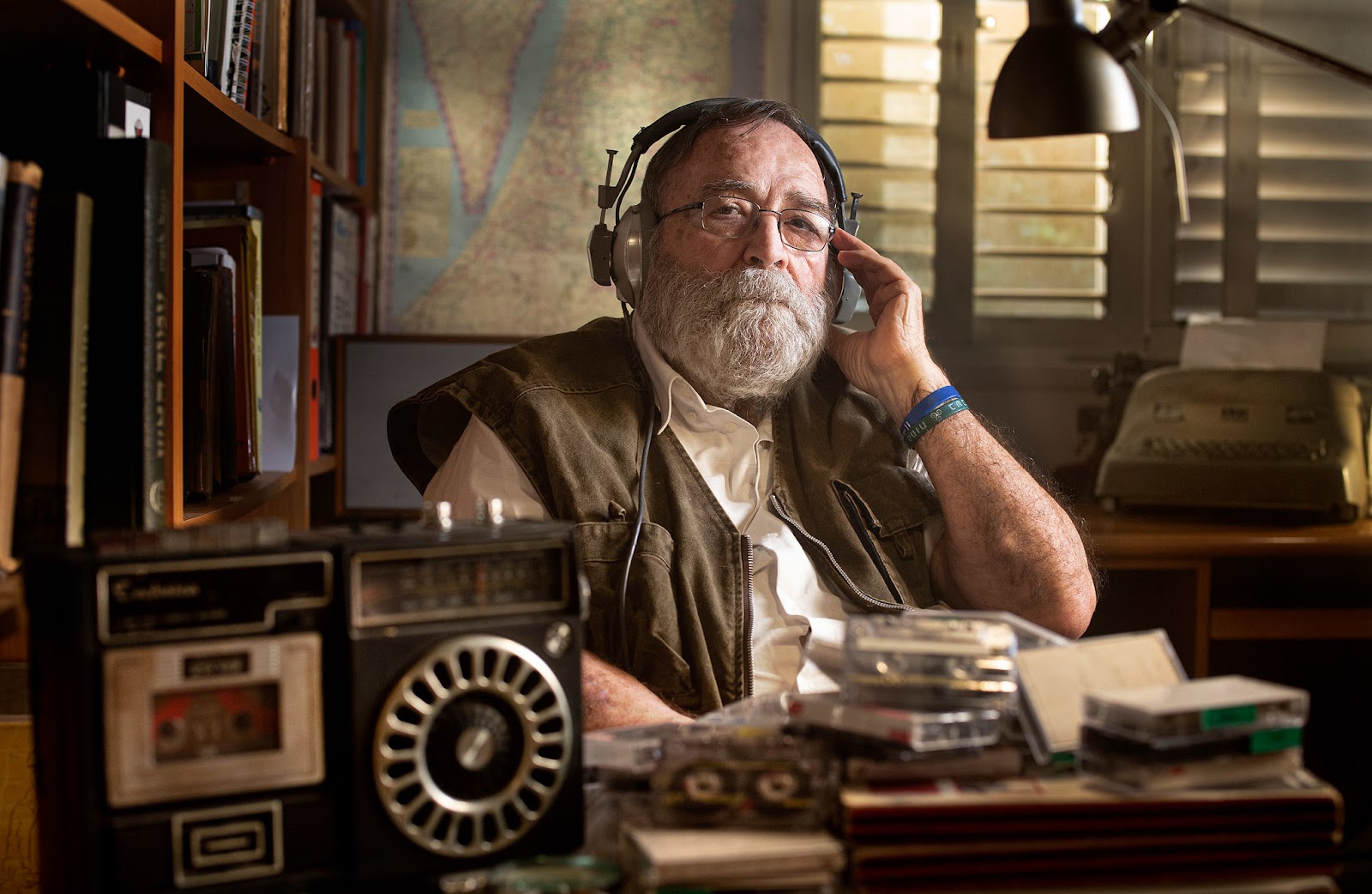
18. Tantura (Alon Schwarz)
Synopsis: After the state of Israel was established in 1948, war broke out and hundreds of Palestinian villages were depopulated. In the late 1990s, a researcher uncovered evidence of a large-scale massacre in the village of Tantura. His work was attacked by the state and his reputation was ruined, but he kept over 140 hours of audio testimonies. (Documentary)
Quick take: Israel’s founding myth is scrutinized through the microcosm of Tantura. The film doesn’t offer much visually — it’s essentially a compilation of old audio recordings and recent interviews with aged soldiers and witnesses — but the simple structure is effective. There are several devastating moments, perhaps none more than the nonagenarian Israeli veteran who compares his countrymen’s actions to that of the Nazis. Anyone interested in the forces that shape history and determine which stories get told will appreciate this film.
17. Sharp Stick (Lena Dunham)
Synopsis: Sarah Jo, a sensitive and naive 26-year-old who lives in LA with her disillusioned mother, works as a caregiver for an intellectually disabled child. She’s also a virgin, which she seeks to change by embarking on an affair with the child’s father. (Narrative)
Quick take: While Dunham explores similar themes to her previous work, the fact that she’s now playing a mom marks a new chapter in her onscreen career. The situational humor offers fertile ground for jokes and commentary about sex, relationships and the dynamics facing young women as they navigate both. It’s a thoughtful dramedy that fans of Dunham’s earlier projects will enjoy.
16. Am I OK? (Stephanie Allynne & Tig Notaro)
Synopsis: Lucy and Jane are best friends who know everything about each other. But when one of them accepts a job overseas and the other confesses that she’s attracted to women, their friendship is tested. (Narrative)
Quick take: Most coming-out, coming-of-age tales have adolescent protagonists. The fact that these heroines are in their 30s is what makes the story interesting. That, plus the radiance of its star. Dakota Johnson is just so charming, and this isn’t even her best film in the festival.
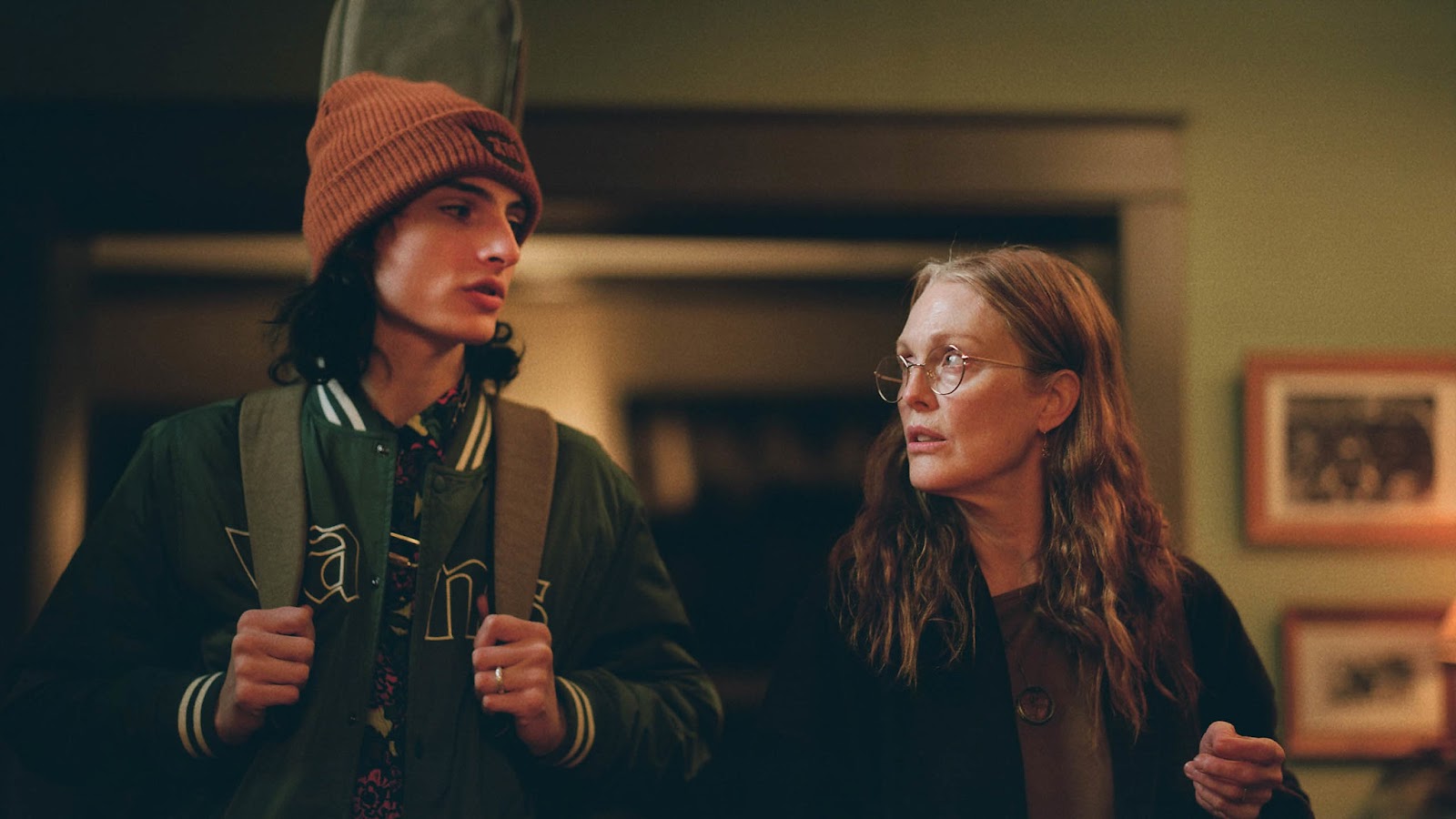
15. When You Finish Saving the World (Jesse Eisenberg)
Synopsis: Ziggy is a teenager who performs original folk-rock songs for an adoring online fanbase. His mom, Evelyn, runs a women’s shelter. They struggle to see eye to eye. (Narrative)
Quick take: Eisenberg is no stranger to Sundance, having acted in previous festival entries (including Noah Baumbach’s The Squid and the Whale), but this is his first time behind the camera. It’s a solid, middle-of-the-fairway indie that’s elevated by two strong performances. Finn Wolfhard (of Stranger Things fame) plays the self-obsessed Ziggy, who likes to tell people how many online followers he has and drops casual F-bombs at the dinner table. Julianne Moore, as his altruistic yet equally self-absorbed mother, reminds us why she’s one of the best actors alive.
14. 892 (Abi Damaris Corbin)
Synopsis: Brian Easley, a Marine veteran who is owed disability pay, brings a bomb into a bank. He doesn’t want money, he just wants to be seen and heard. (Narrative)
Quick take: Based on a true story, Corbin’s moving debut is more about the road that brought Easley into the bank than the heavily foreshadowed denouement. It illuminates the paradox of how we treat veterans in this country, “God blessing” them in public displays but averting our eyes when we see them living on the streets or suffering with PTSD. The film’s candid depiction of racial injustice and state-sanctioned violence makes for upsetting but potent viewing. In his final performance, the late Michael K. Williams plays a police negotiator who embodies the film’s conscience.
13. Brainwashed: Sex-Camera-Power (Nina Menkes)
Synopsis: An eye-opening journey through the gendered politics of shot composition that pairs scholarly insights with clips from canonical Hollywood films. (Documentary)
Quick take: This will change the way you watch movies. There’s nothing innovative about the structure, essentially a lecture blended with talking heads and film clips, but the content is mind-blowing. Menkes convincingly demonstrates the predatory power of the camera as a perpetuator and focalizer of the male gaze. Even films that purport to have a feminist perspective are shown to be crafted with objectifying and oggling shots. As an academically oriented doc, this won’t appeal to everyone, but it’s worthwhile viewing for all.
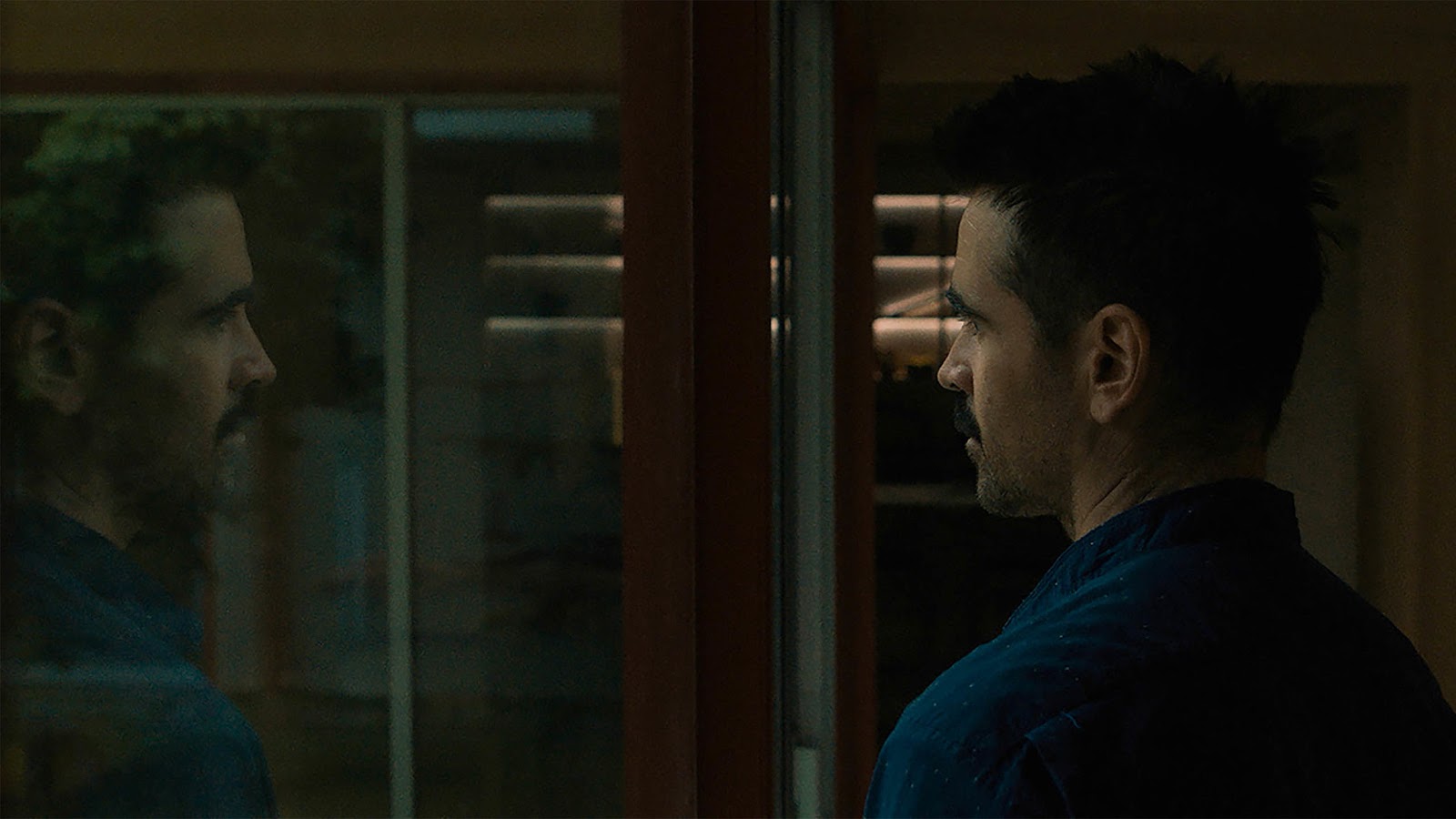
12. After Yang (Kogonada)
Synopsis: A father and daughter try to save the life of Yang, an artificially intelligent android who is part of their family. (Narrative)
Quick take: This will probably be a lot higher on other Sundance rankings. I’ve been called a philistine because I don’t love Terrence Malick movies. Extended shots of sunlight slashing through trees and repetitive susurrations of lyrical dialogue just aren’t my cup of tea. After Yang has a similar aesthetic. But I did appreciate the tender story, the near-future setting that conjures a Black Mirror vibe, and Colin Farrell’s introspective performance.
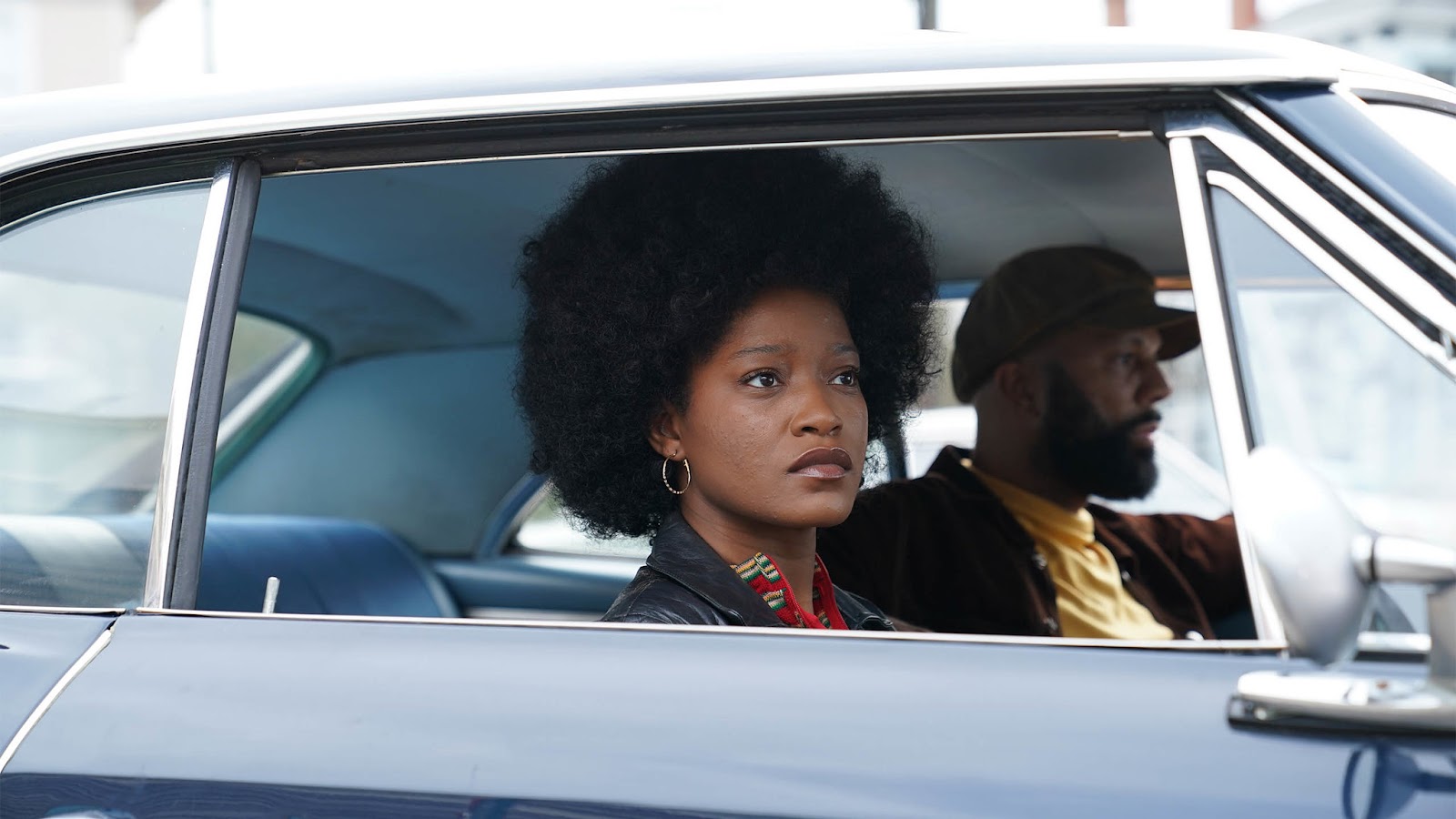
11. Alice (Krystin Ver Linden)
Synopsis: Alice is a slave on a plantation in rural Georgia. After a violent conflict with her owner, she runs into the woods before emerging on the side of a highway in the 1970s. (Narrative)
Quick take: The concept is brilliant and mind-bending. The story is a bit flat in comparison. It pays homage to the Blaxploitation genre films of the ’70s, but using said films as a shortcut for character development feels gimmicky. Keke Palmer is impressive in the title role, which requires her to cover vast emotional territory, and Common delivers a strong supporting performance.
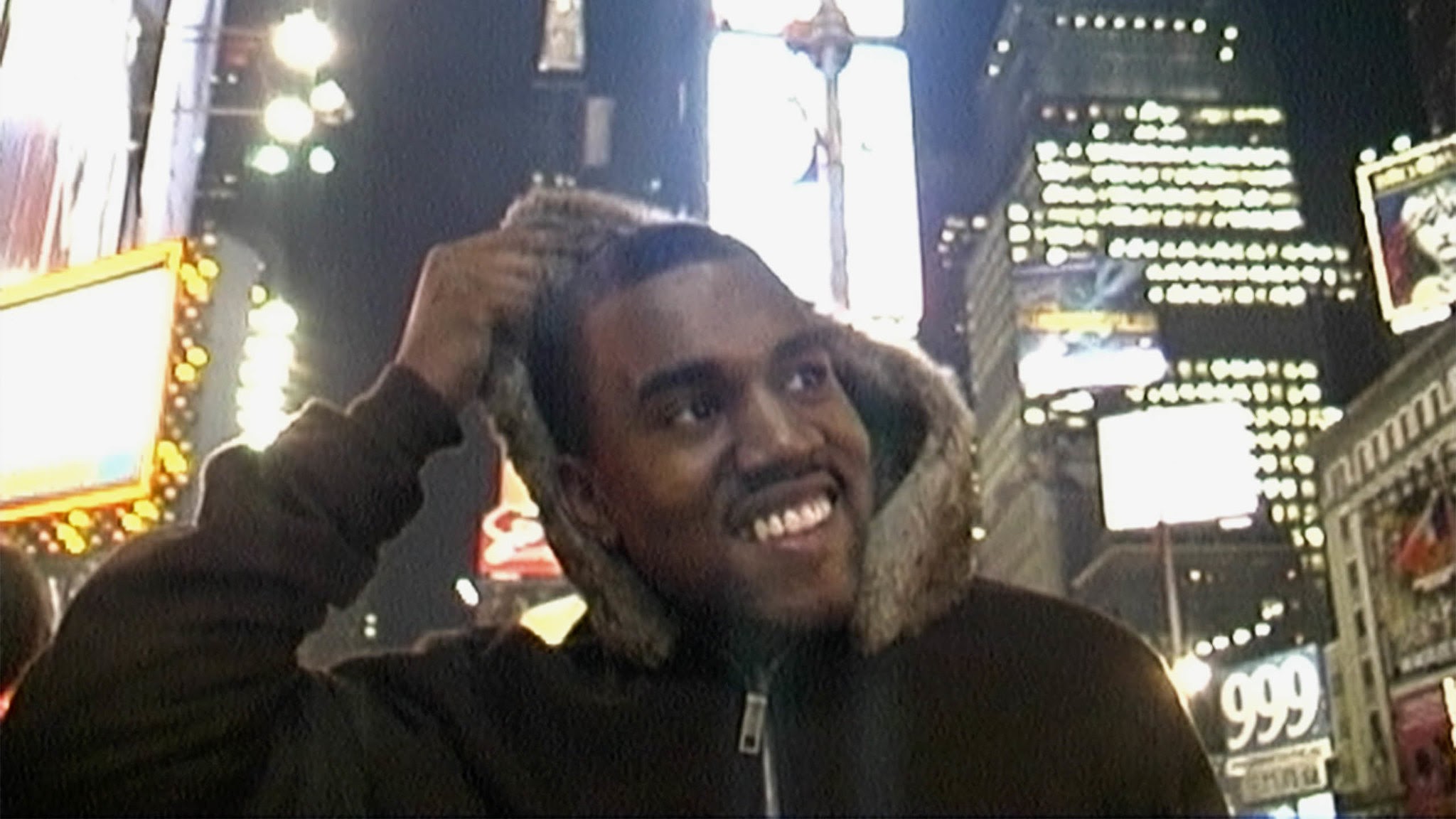
10. Jeen-yuhs: A Kanye Trilogy (Coodie Simmons & Chike Ozah)
Synopsis: At Jermaine Dupri’s birthday party in 1998, Coodie, a Chicago public access TV host, met an up-and-coming hip-hop producer named Kanye West. Coodie sensed there was something special about West and spent the next two-plus decades filming his life. (Documentary)
Quick take: There’s already been a lot of hype and, unsurprisingly, controversy around this project. Only the first episode played at Sundance — the trilogy will hit Netflix in mid-February — but it lives up to the buzz. Kanye’s haters will hate it and his fans will love it. As an agnostic who’s casually enjoyed his songs over the years, and as someone who appreciates a good music doc, I really liked it. We meet Kanye as a talented producer who’s struggling to get taken seriously as a rapper by the same labels and artists who hound him for his beats. Maybe it’s because repeatedly popping his retainer out and leaving it on studio control booths before he raps isn’t exactly sympatico with the brand Roc-A-Fella Records was after. But as the film shows, Kanye’s genius and success was inevitable. There are some really sweet scenes with his late mom, Donda, and I’m sure there will be some heavy moments in the final two episodes.
9. Emily the Criminal (John Patton Ford)
Synopsis: Buried under student loans and locked out of the job market by her criminal record, Emily gets involved in a credit card scam. (Narrative)
Quick take: I generally like my cinematic forays into L.A.’s seedy underbelly to have a more nefarious texture, like Drive or Collateral, but I didn’t mind writer-director Ford’s less weighty addition to the subgenre. Aubrey Plaza’s trademark dryness makes Emily brash and likable, and she charges the role with an explosive undercurrent. There aren’t enough trope-free movies getting made about convincing female antiheroes, but this is one.
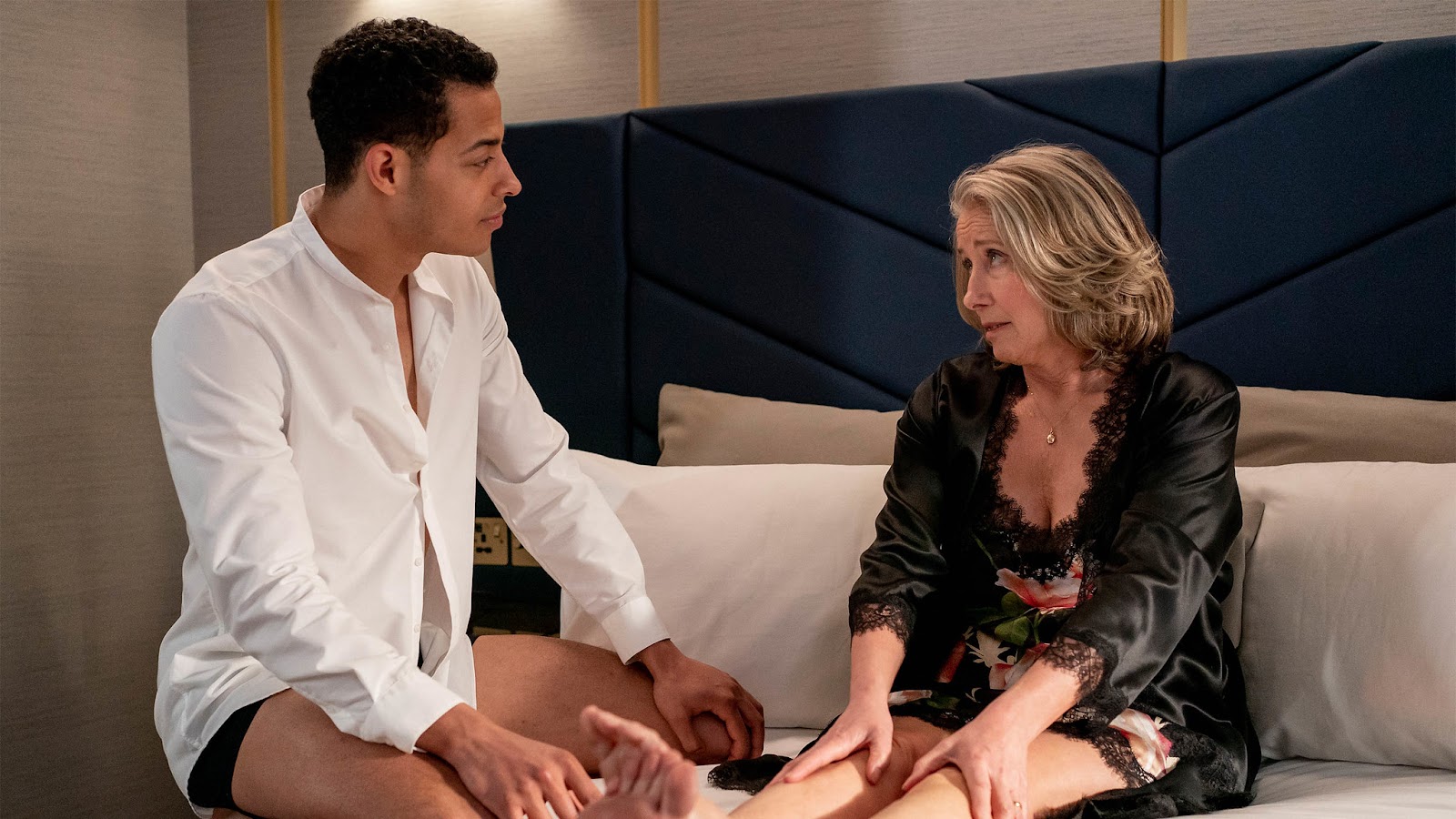
8. Good Luck to You, Leo Grande (Sophie Hyde)
Synopsis: Nancy doesn’t know good sex, and she’s never had an orgasm. She hires a sex worker to help her out. (Narrative)
Quick take: This does not feel like a movie where 90% of the action is two characters in a hotel room. That’s a credit to Katy Brand’s taut script as well as Hyde’s rhythmic direction. Even still, such physically confined films ask a lot of their audience, and I doubt this one would work with lesser leads. Irish actor Daryl McCormack, a talent to keep an eye on, conjures a masculinity that’s charged with alternating currents of confidence and fragility. Emma Thompson, in arguably the most vulnerable role of her career, is endearing and hilarious (as usual) while achieving an authenticity that could give some viewers a reason to rethink whatever conceptions they may have about middle-aged sexuality and desire.
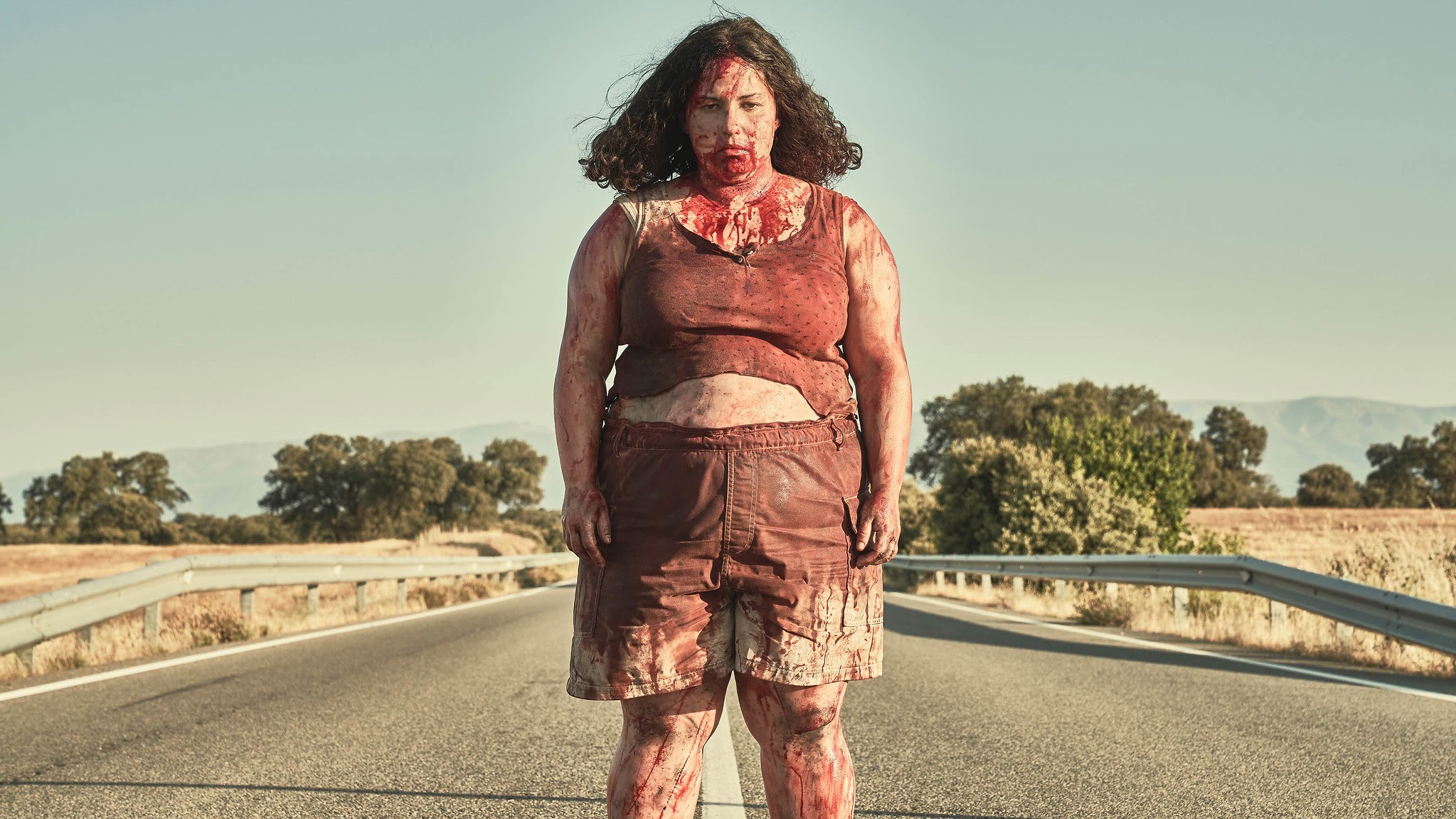
7. Piggy (Carlota Pereda)
Synopsis: Sara faces a moral dilemma when she witnesses the violent abduction of the girls who ruthlessly bully her. (Narrative)
Quick take: Before the premiere, writer-director Pereda was asked if she had any prefacing words for her audience. “Love it or hate it,” she said, “but feel passionate.” It’s such an evocative film. One would be a sociopath to watch it and feel nothing. The cruelty that Sara faces at the hands of her tormentors almost strains credulity, but it plants the seeds for Sara’s predicament as well as the audience’s. The setup is reminiscent of Stephen King’s Carrie. Some viewers will find themselves rooting for a deranged killer. Pereda, who adapted Piggy from her short film, has a sharp awareness of horror and thriller genre conventions, which she honors and subverts at various points to great effect.
6. Living (Oliver Hermanus)
Synopsis: A career bureaucrat is diagnosed with a terminal illness and given six months to live. (Narrative)
Quick take: If all you knew about this film was its synopsis and that Bill Nighy plays the bureaucrat, wouldn’t that be enough? But there’s so much more to pique your interest. The film is an adaptation of Akira Kurosawa’s 1952 drama Ikiru. It’s an ambitious project, and Hermanus nails it. The film is set in post-World War II England. Too many period pieces stall when they feel fake, but the historical texture here is authentic thanks to great set and costume designs and Nighy’s ease at playing a stodgy British civil servant. There’s something Scrooge-like in Nighy’s character arc, and witnessing that journey is a pleasure.
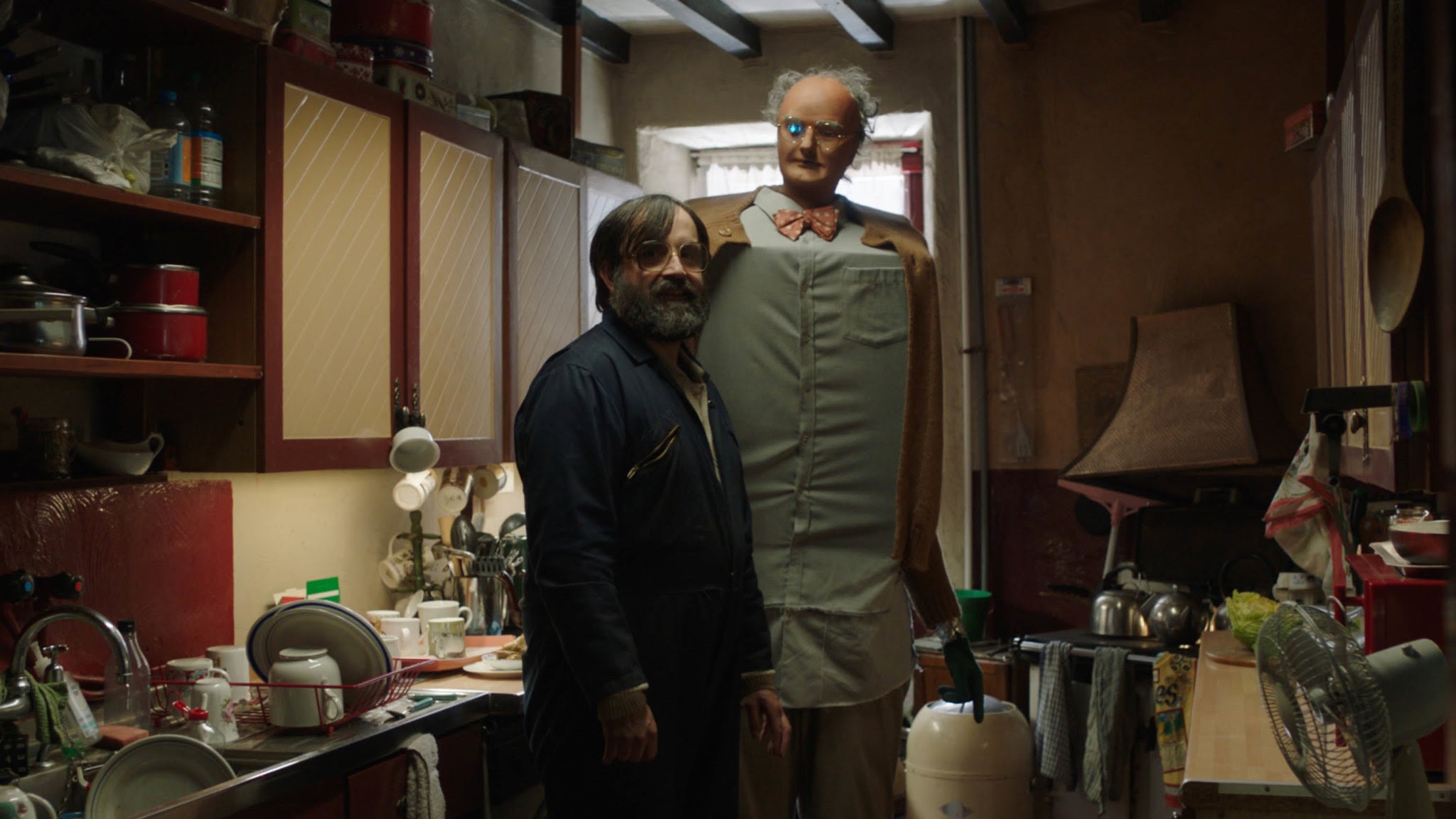
5. Brian and Charles (Jim Archer)
Synopsis: Brian, an endearing oddball who lives alone in the Welsh Valley, invents a robot named Charles. Charles craves adventure, devours cabbage and becomes Brian’s best friend.
Quick take: This is what you’d get if Wallace and Gromit had a baby with Frankenstein. Anyone who appreciates funny and quiet foreign movies will love Brian and Charles. It’s a tender underdog story with a subtle sense of humor and a triumphant climax.
4. Aftershock (Paula Eiselt & Tonya Lewis Lee)
Synopsis: Among industrial countries, the U.S. has the highest maternal mortality rate in the world. Black women are four times more likely to die than white women with the same symptoms. Two men who lost their partners in preventable deaths have joined the movement to end this epidemic. (Documentary)
Quick take: Aftershock should be required viewing for all Americans. It’s a devastating and impactful look at this country’s maternal health crisis. Many white Americans are probably skeptical that such a crisis exists. Some people claim it’s a class problem, but that’s impossible to reconcile with this shocking statistic: Black women with graduate degrees are more likely to die in childbirth than white women living below the poverty line. In tracing the history of American reproductive healthcare, the film shows how Black women have long been treated as medical guinea pigs. It draws a line from the forced C-sections that occured on slave plantations to the human costs that have accompanied the advancement of modern obstetrics. Watching the two men at the center of the story turn their pain into power is a deeply moving experience.
3. Cha Cha Real Smooth (Cooper Raiff)
Synopsis: Fresh out of college with no real job prospects, Andrew finds himself back home with his mom and stepdad. He lands a gig as a party planner on the local Bar Mitzvah circuit, where his journey intersects with Domino, the complicated mother of a special needs child. (Narrative)
Quick take: The title, a nod to that dreaded line dance, is the only aspect of the movie I didn’t love. Writer-director Cooper Raiff plays the lead role in his sophomore feature, a strong follow-up to 2020’s Shithouse, and he fills the screen with self-deprecating charisma. In his Sundance interview, Raiff referred to the film as “a love letter to parents.” His poignant script is loaded with parental pathos. Leslie Mann and Brad Garrett steal their scenes as Andrew’s mom and stepdad, and Dakota Johnson’s work as Domino renders a nuanced portrait of motherhood and individuality. The film won Sundance’s Audience Award for the U.S. Dramatic competition. A big part of its broad appeal, beyond its innocence and humor, is the fact that it’s a coming-of-age story for multiple characters at different life stages.
2. Fire of Love (Sara Dosa)
Synopsis: Katia and Maurice Kraft loved two things: each other and volcanoes. They shared this passion throughout their lives and their tragic deaths. (Documentary)
Quick take: The footage alone, most of which was shot by the Krafts, is enough to make this one of the festival’s most compelling films. But it’s only when you account for the narrative and all its constituent parts — the love story, the tragedy, the science — that you appreciate how good it really is. Fire of Love has drawn comparisons to Grizzly Man and The Alpinist, documentaries whose subjects’ obsessive pursuits of their chosen passions leads them to tragic ends. “Curiosity is stronger than fear,” Katia says at one point before fearlessly venturing to the edge of a spewing volcano.
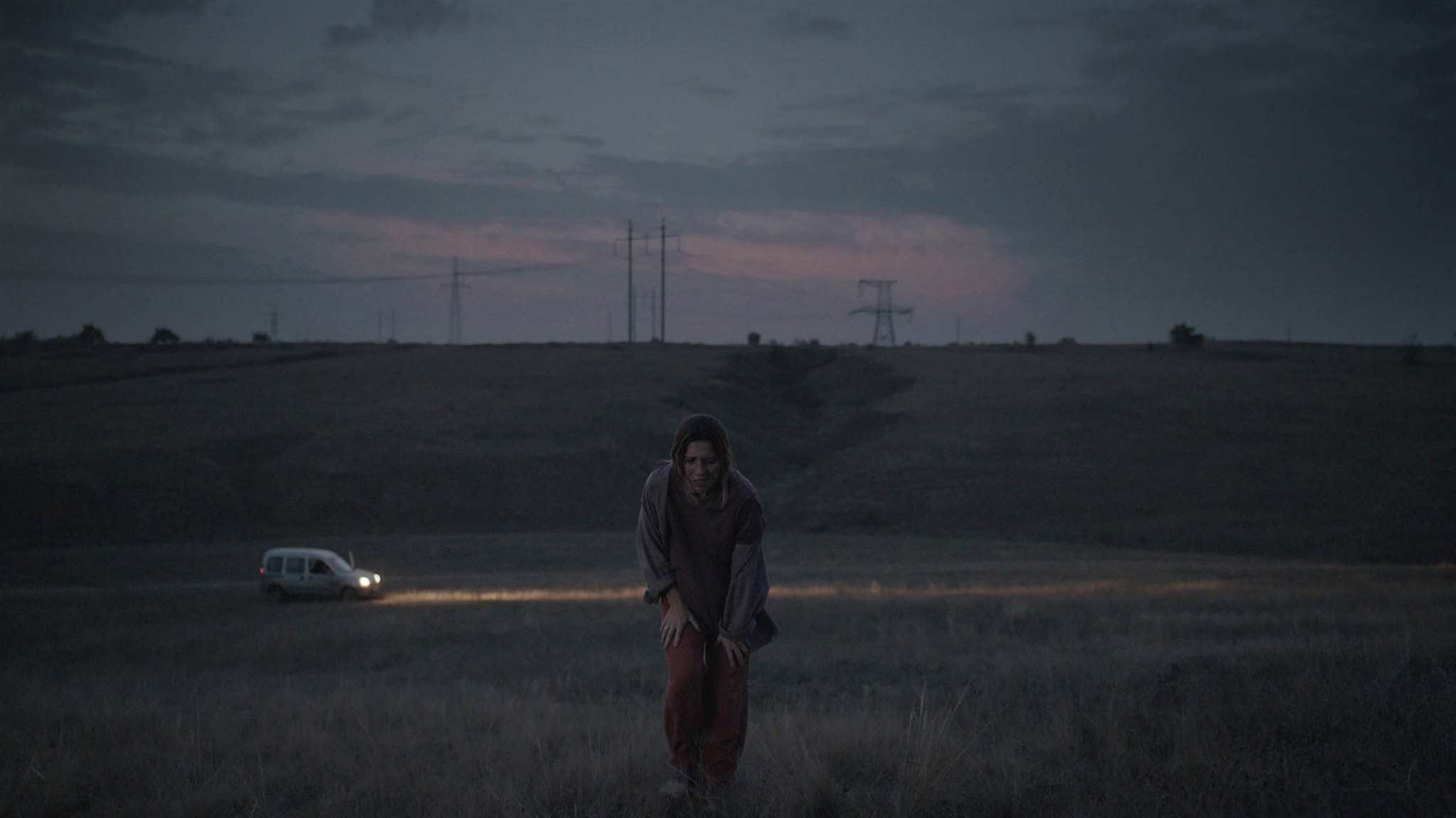
1. Klondike (Maryna Er Gorbach)
Synopsis: Expectant parents Irka and Tolik live in the Donetsk region of eastern Ukraine, disputed territory near the Russian border. The crash of flight MH17 exacerbates tensions in their village and their marriage as they nervously await the birth of their first child. (Narrative)
Quick take: The story is set in 2014, but its proximity to today’s events is inescapable as Russian troops currently amass on the Ukrainian border. It’s a tightly-focused domestic drama that filters geopolitical violence through the quotidian lives of Irka and Tolik. The conflict oscillates between ideological and practical, with the latter consuming more of the characters’ attention. Beautifully shot by director of photography Sviatoslav Bulakovskyi, there are several mesmerizing sequences where the camera is placed in a fixed position. This simple decision creates powerful opportunities for action to occur just outside the frame or layers of depth to stack and amplify what we see onscreen. As the credits roll, the film is “dedicated to women,” and Oksana Cherkashyna’s staunch performance as Irka is a tribute to women everywhere.
The Buzz List
I didn’t get a chance to see these films, but they received a lot of love during the festival. You can also view a complete list of award winners here.
All that Breathes (Shaunak Sen)
Brothers Saud and Nadeem were raised looking at a sky speckled with black kites, watching as relatives tossed meat up to these birds of prey. Muslim belief held that feeding the kites would expel troubles. Now, birds are falling from the polluted, opaque skies of New Delhi and the two brothers have made it their life’s work to care for them. (Documentary)
Girl Picture (Alli Haapasalo)
Best friends Mimmi and Rönkkö work after school at a food court smoothie kiosk, frankly swapping stories of their frustrations and expectations regarding love and sex. (Narrative)
Midwives (Hnin Ei Hlaing)
Two midwives, one Buddhist and one Muslim, defy strict ethnic divisions to work side by side in a makeshift clinic in western Myanmar, providing medical services to the Rohingya of Rakhine State. (Documentary)
Nanny (Nikyatu Jusu)
Aisha, an undocumented Senegalese immigrant, lands a job as the nanny of a wealthy Manhattan couple. While she easily wins the affection of their young daughter Rose, she becomes a pawn in the couple’s facade of a marriage. (Narrative)
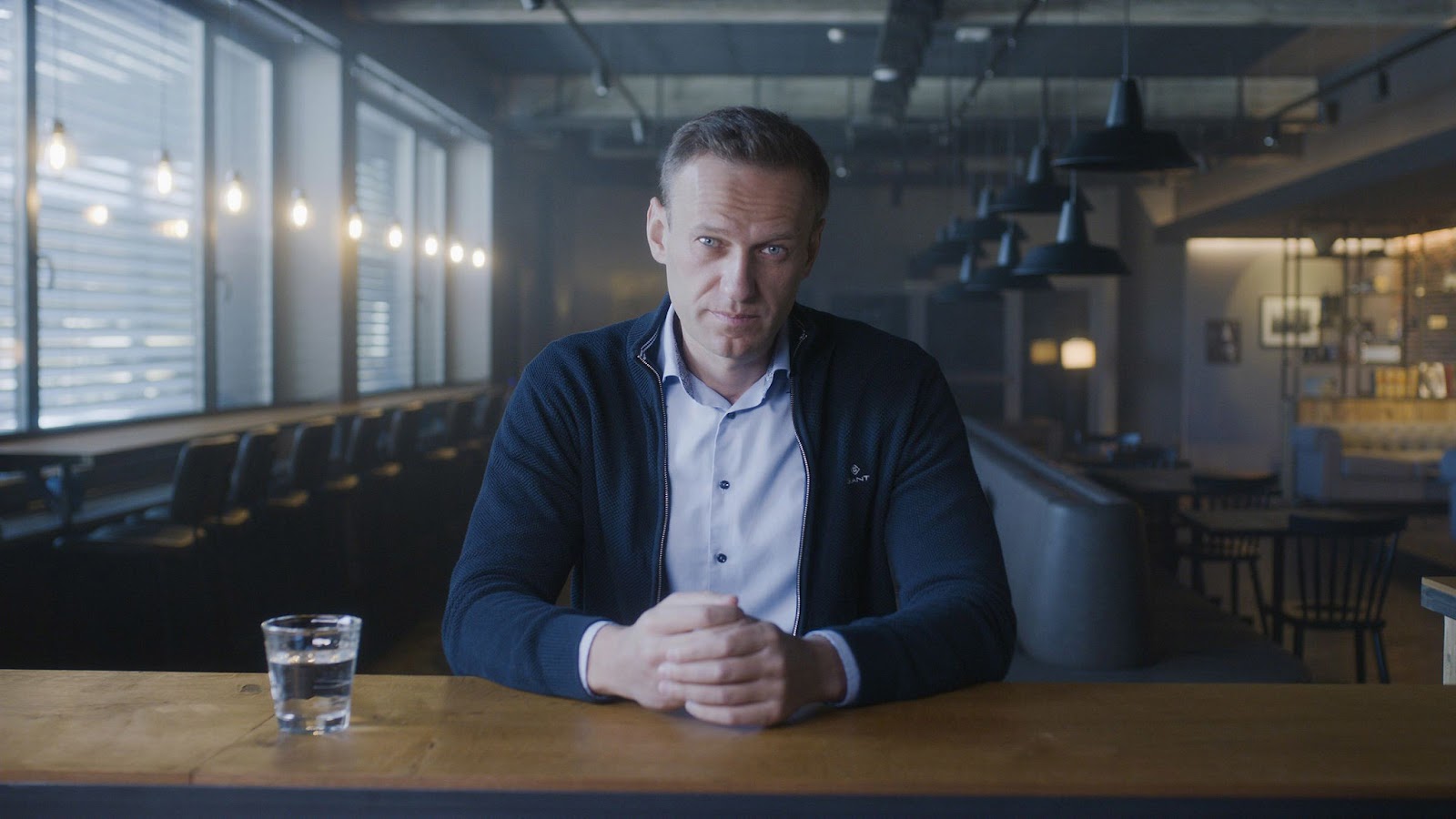
Navalny (Daniel Roher)
In August 2020, a plane traveling from Siberia to Moscow made an emergency landing. One of its passengers, Russian opposition leader Alexei Navalny, was deathly ill. Taken to a local Siberian hospital and eventually evacuated to Berlin, doctors confirmed that he had been poisoned with Novichok, a nerve agent implicated in attacks on other opponents of the Russian government. President Vladimir Putin immediately cast doubt on the findings and denied any involvement. (Documentary)
The Territory (Alex Pritz)
The Indigenous Uru-eu-wau-wau people have seen their population dwindle and their culture threatened since coming into contact with non-Native Brazilians. Though promised dominion over their own rainforest territory, they have faced illegal incursions from environmentally destructive logging and mining, and, most recently, land-grabbing invasions spurred on by right-wing politicians like President Jair Bolsonaro. With deforestation escalating as a result, the stakes have become global. (Documentary)
Utama (Alejandro Loayza Grisi)
Time seems to move slowly far out on the cracked, dry land of the Bolivian Altiplano, where an elderly Quechua couple, Virginio and Sisa, carry on a humble routine. When their grandson Clever shows up, Virginio quickly sniffs out that he is there just to convince them to move to the city. (Narrative)
This article appeared in an InsideHook newsletter. Sign up for free to get more on travel, wellness, style, drinking, and culture.


